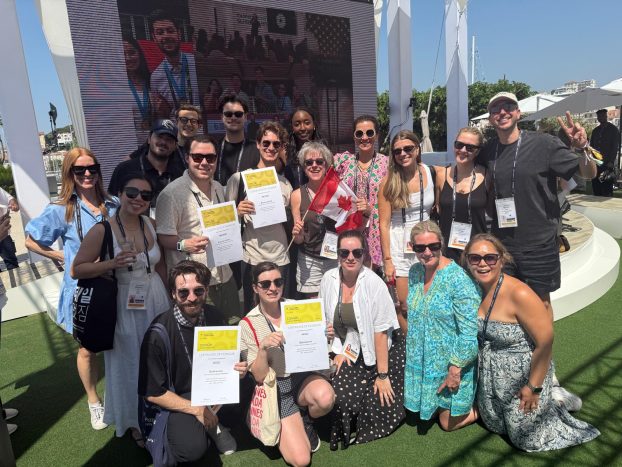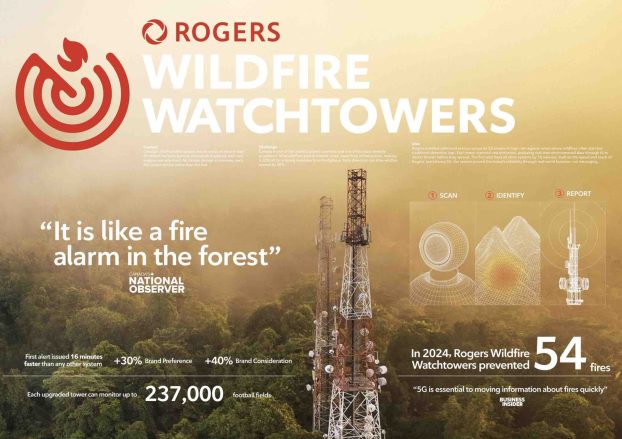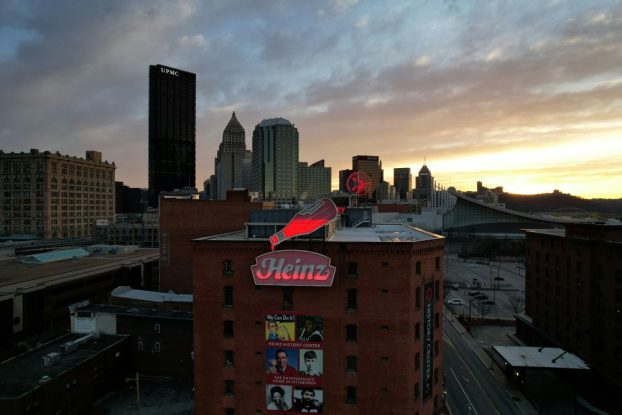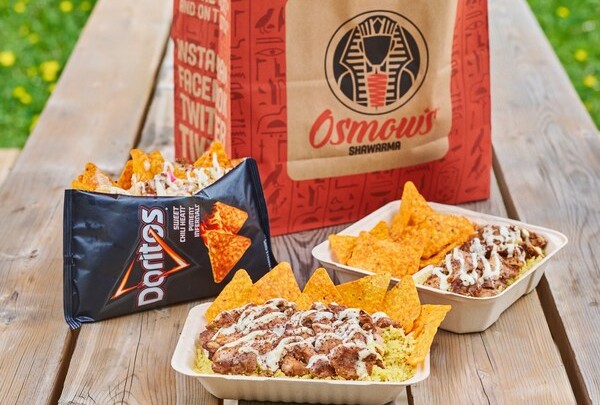Long ago, but not that far away, the ad biz was a very different place, kids.
Not that I’m old or anything, but I’ve been told there was a time when not one single Canadian ad agency with sufficient cash flow to buy its president and his good wife a couple of airline tickets to the ICA off-season Bermuda conference had ever gone under.
Yes, it was that swell! When I was creative director on one of Canada’s biggest accounts at the tender age of 24, the client would come to a meeting at the agency once a year and say something like well, we spent eight million with you last year and it seemed to work, so we’ll spend 10 million with you next year. And then they’d notice it was almost 11:30 and repair to Winston’s for the afternoon.
A nice long lunch was probably the least you could do for a client who, in 20 seconds, had fundamentally written you a cheque for one million, five-hundred thousand in the next calendar year. A year, by the way, in which one could purchase a new Corvette Stingray for five thousand bucks, just to put things into perspective.
Such was the gentle genius of the 15% commission system. Of course, you’d have to purchase ten million bucks worth of TV time. But you’d only pay eight million, five hundred thousand for it, ’cause you were an accredited agency, old chap. And you’d have to send your ex-CBC TV producer to Los Angeles to make four or five TV commercials. But you charged back your costs, and added seventeen-point-six-five for your trouble as well.
The late, great David Ogilvy went one better. In Ogilvy On Advertising he advises clients to offer their agencies sixteen per cent commission. This, he felt, would focus their minds on the business, as well as double their profit on the account. You’ve gotta like the man.
And if that wasn’t a pretty good way for agencies to make enough money, there were lots of more, um, resourceful schemes floating around. The wink-wink-nudge-nudge invisible volume rebate was rumoured to be the funding source for half the Christmas parties in town. And they were big parties, too.
One agency was famous for never paying the final one-third of the television production houses’ bills. (Ultimately, there wasn’t a film house in the city that would even quote on one of their storyboards, but it took years for that to happen!)
Another agency would base its new business pitches on the promise that if they were awarded the account, they’d take several million dollars of Other People’s Money from their bank account and invest it in shares of the client’s publicly traded stock, causing it to rise both sharply and predictably. Well, you can’t say they weren’t creative!
If you’re curious about how agencies and buying services get paid today, the answer seems to be every way you could possibly imagine and then some. The official ICA party line is nicely enunciated on their Web site, and it’s interesting to note that in 1995 in the U.S., 14% of advertisers still paid a full 15% commission, down from 33% in 1992. Forty-five per cent paid a reduced-rate commission, and 35% paid fees.
So there are commissions and shaved commissions and fees and bonus arrangements and stock deals and kickbacks and incentive schemes and the ever-popular how’d you like to work for free deal.
I polled some industry pals on how they get paid, which is just a bit more awkward than asking them what they like to do in bed. One top outfit said a campaign is seventy-five thousand. A roll-out of an old campaign is fifty.
There are people who charge everybody in the agency, from president to lowly gofer at a hundred-and-change an hour. The Workers’ Paradise Approach! This means never having to tell your client your own rate is actually five hundred bucks an hour.
I’ve heard there are agencies who, from time to time, say they work for free, but charge like bandits as the work goes through their satellite studios, printers, and sundry captive suppliers.
Personally, I tell clients that my hourly rate is that of a mediocre downtown lawyer. But after speaking with my friend the hotshot downtown lawyer last week, I find I’ve recently been charging less than a mediocre downtown lawyer. Shit.
I asked Gary Reinblatt (yeah, the McDonald’s Gary Reinblatt) how agencies should get paid. Gary, who’s undoubtedly spent billions and made trillions by willing the creation of great advertising, replied It’s never what you pay. It’s what you get.
Barry Base creates advertising campaigns for a living. He writes this column to promote the cause of what he calls intelligent advertising, and to attract clients who share the notion that many a truth is said in jest. Barry can be reached at (416) 924-5533, or faxed at (416) 960-5255, at the Toronto office of Barry Base & Partners.




























